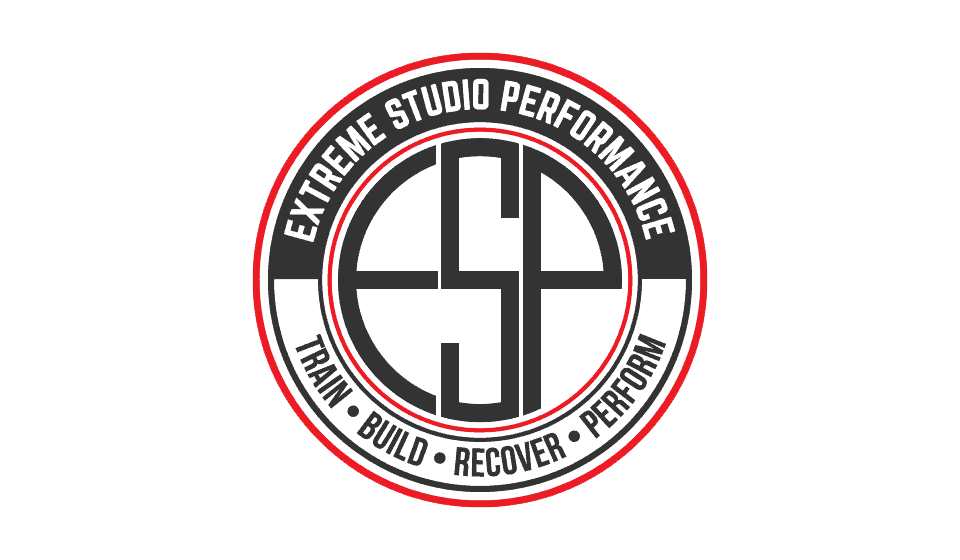
When my grandfather had the benefits of yoga described to him, the increased flexibility, the improved circulation, stress reduction, etc., he exclaimed succinctly, “there’s nothing wrong with it!”. And, after years of exploring the practice and teaching of yoga, I would have to agree with him. While some that have experienced a few classes may have varying views on how much they enjoyed some of the challenging postures, few could argue, with some practice, the incredible benefits of this thousands of years old methodology.

Discover for yourself why yoga is becoming increasingly popular with individuals of all ages and athletic ability. These are the top ten reasons you should be adding yoga to your workout regimen today!
Look at the fat on a marathon runners vs. a sprinter. Yes, you can burn calories while doing aerobic training however it may be detrimental to your muscle growth and be more catabolic, which will breakdown muscle. Less muscle equals less calorie expenditure which results in lower body fat. So the answer is anaerobic/ high intensity training which is with little or no oxygen available.
Arthritis: Yoga has been shown to reduce symptoms, and in some cases, alleviate arthritis through it’s slow, deliberate movement, along with the gentle pressure exerted on the joints. Also, the stress relief associated with yoga loosens muscles that tighten surrounding the joints.
Back Pain: Yoga reduces spinal compression and assists in overall body alignment to reduce back pain.
Endurance: Working the entire body, yoga improves endurance by holding challenging body positions for extended periods of time and is frequently used by endurance athletes as a supplement to their sport-specific training.
Cholesterol: Yoga practice lowers cholesterol through increased blood circulation and burning fat. Yoga practice is a great tool to fight against harmful cholesterol levels.
Attention: The attention required in yoga to maintain the structured breathing in conjunction with yoga poses sharpens the ability to keep a more intent focus on tasks.
Balance: An integral part of the yoga practice is balance and control over your body. With a consistent practice, you will find that your overall balance will improve outside the yoga class.
Energy: Regular yoga practice provides consistent energy. In fact, most practitioners state that when performed correctly, the lesson leaves them feeling energized rather than tired.
Posture: The very nature of yoga teaches the practitioner how to hold and control one’s body in a more proper, anatomically correct position. Some have noted an increase in measurable height simply through the lengthening of the spine and improved posture.
Flexibility: There are two major schools of scientific thought on what actually most limits flexibility and what should be done to improve it. The first school focuses not on stretching muscle fiber itself but on increasing the elasticity of connective tissues, the cells that bind muscle fibers together, encapsulate them, and network them with other organs; the second addresses the “stretch reflex” and other functions of the autonomic (involuntary) nervous system. Yoga works on both. That’s why it’s such an effective method for increasing flexibility.
Stress Management: The concentration required in yoga tends to focus the attention on the task of the moment rather than allowing the mind to drift to other areas of your life. This consistent pull of your attention to what is most pertinent in the present benefits you when stressful thoughts and situations interfere with your ability to relax.
Increased Metabolism (fat loss): Yoga has been shown to improve glandular function and productivity. With a more efficiently performing thyroid, metabolism can certainly be increased.
Core Strength: The “core” includes the abdominal and lower back muscles and is the literal center of our balance and strength. Every pose in yoga is a potentially core-strengthening exercise. Even the transitions from one position to the next, executed properly, will greatly increase these stabilizing muscles.
